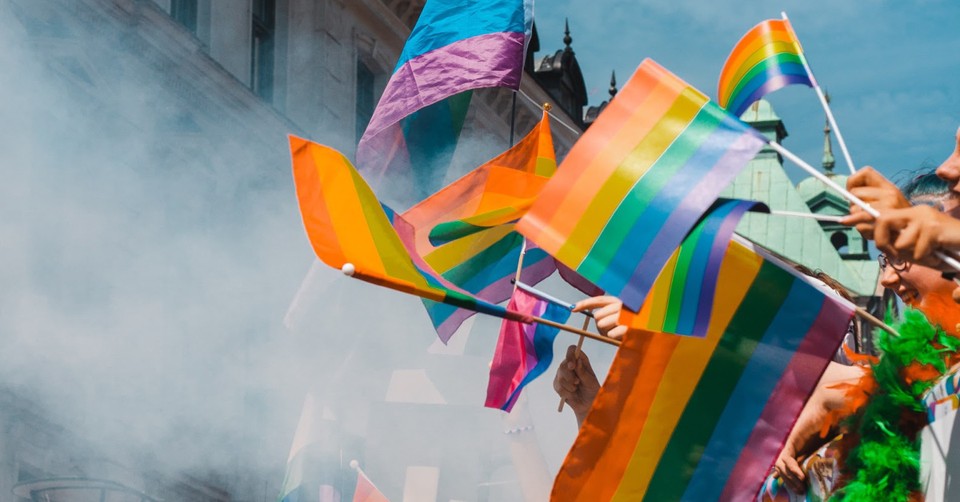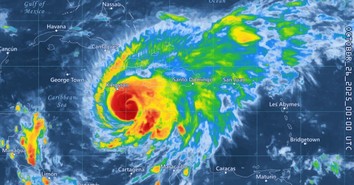How Social Trends Are Shaping the LGBTQ Surge in America

Polls taken toward the beginning of 2024 found that the number of Americans who identify as LGBTQ is growing, including now 7.6% of the U.S. population. This figure is up from 5.6% in 2020 and 3.5% in 2012. In other words, the percentage has doubled in the last 12 years.
What is driving it?
It’s not that more people today are actually homosexual in orientation than they were before, or that the percentages were always this high and now they just feel more comfortable coming out. Neither of those conclusions can be substantiated.
What’s driving this is generational, and specifically Generation Z, of which around one in five self-identify as LGBTQ. As I wrote in my book Meet Generation Z, this is a generation marked by sexual fluidity. They are sexually and relationally amorphous. They reject sexual labels. They are convinced that sexuality should be set free from any and all restrictions and allowed to follow its desire, moment by moment.
Why? Because the greatest value for this generation is individual freedom. So, the rise in the number who embrace something other than a purely heterosexual identity is less a shift in actual sexual orientation as it is a new openness to all things sexual.
This helps explain another “big reveal” in terms of research. Namely, that Gen Z is twice as likely to be bisexual as gay. It is doubtful that that many are even truly bisexual—what they are is truly open. There is a difference.
For many, to say you are bisexual – even though you may have never engaged in homoerotic behavior – is the ideologically correct thing to say. In fact, when you talk to many teenagers, they feel that to be true to themselves, they must at least dabble in something bisexual just to make sure that they aren’t. And let’s go further—this generation is being encouraged to embrace that fluidity. To be led to believe that they may be something that they aren’t. There’s cultural pressure due to the sexual fluidity.
In his book Embodied, Preston Sprinkle tells the story of a young girl named Stephanie. Stephanie grew up as a stereotypically feminine girl on the autism spectrum. When she was 13 years old, she told her mother that she was transgender. Stephanie’s declaration seemed to come out of nowhere. There had been no prior history of gender dysphoria. No tomboyish interests or behavior.
Her mother did, however, find out that Stephanie had just heard a presentation about being transgender at school—a school where more than 5% of the student population identified as transgender or nonbinary.
In the last few years, stories like Stephanie’s have grown tremendously. Some are calling the sudden rise of gender dysphoria in teens a significant and real trend. Psychologists have termed it “Rapid-Onset Gender Dysphoria” or ROGD.
But it’s a new phenomenon.
Classical gender dysphoria usually is apparent at a young age—even as young as between the ages of two and four when they begin to grasp that biologically they are a boy or a girl. The vast majority grow out of it by the time they hit puberty, but it’s almost always been early onset.
What’s happening today is late-onset dysphoria among children, often after puberty, and it’s seeing a sudden leap—particularly among young female teens. Research on Rapid-Onset Gender Dysphoria among teens has found some interesting dynamics:
Few of the children showed any signs of gender dysphoria to their parents growing up.
Their new identity seemed to appear out of the blue.
Many, if not all, of their friends at school were trans, and their coming out often followed their friends coming out as trans.
Many of them became more popular after they came out as trans.
They engaged in heavy online and social media activity (more than normal) surrounding their coming out.
Many of them had other mental health concerns that weren’t being dealt with.
All to say, the rise of all things LGBTQ may have less to do with actually being LGBTQ,
... and more with the world into which you were born.
James Emery White
Sources
Tom Ball, “Gen Z Twice as Likely to Be Bisexual as Gay,” The Times UK, January 29, 2025, read online.
James Emery White, Meet Generation Z, order from Amazon.
Preston Sprinkle, Embodied.
Photo Courtesy: ©Teddy Osterblom/Unsplash
Published Date: February 6, 2025
James Emery White is the founding and senior pastor of Mecklenburg Community Church in Charlotte, NC, and a former professor of theology and culture at Gordon-Conwell Theological Seminary, where he also served as their fourth president. His latest book, Hybrid Church: Rethinking the Church for a Post-Christian Digital Age, is now available on Amazon or from your favorite bookseller. To enjoy a free subscription to the Church & Culture blog, visit churchandculture.org where you can view past blogs in our archive, read the latest church and culture news from around the world, and listen to the Church & Culture Podcast. Follow Dr. White on X, Facebook, and Instagram at @JamesEmeryWhite.
Originally published February 06, 2025.







